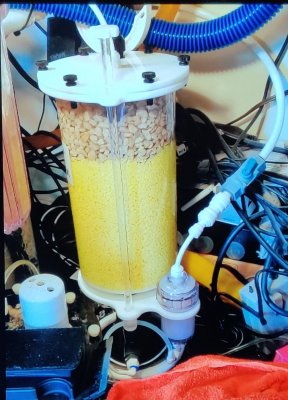- Joined
- Nov 14, 2019
- Messages
- 98
- Reaction score
- 83
Any pictures of your tank? It will be interesting since I have all nitrate controls and also some agaeI picked other as I don't do any nitrate control but have trouble keeping it above 0.
Been feeding heavily both for fish food, coral food, and amino and which made nitrates barely register on my test kits. Also don't have an algae issue.
Since I don't do regular WC nor have a real skimmer/sump/nutrient export, I'm guessing it's my LRs, Seachem Matrix, and maybe the quasi-skimmer built-in for Seachem Tidal.
It might also be the fact that the tank ran as FOWLR without much lighting for almost a year which may have allowed denitrifying bacteria to take hold before it turned into a reef tank.
1.No particular method
2. Yes but only have trouble keeping it higher
3. ~10ppm for an established system but can't speak with experience. My experience with nitrates in FW is that it can be toxic at high level, but a lot less so than people make it out to be, especially for an older tank. But in new tanks, nitrates can be a sign of other problems brewing.


















